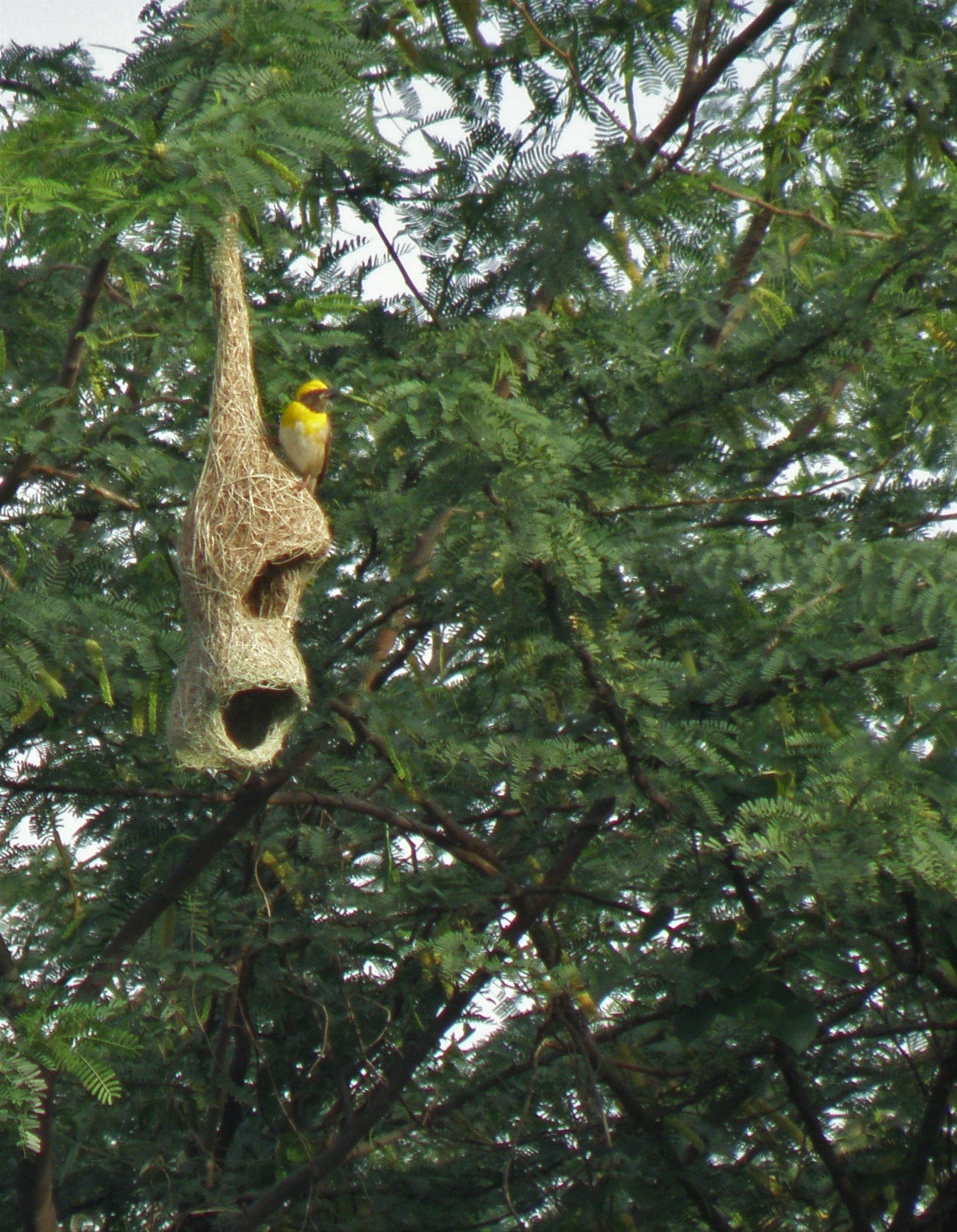It has been a wet July in Rishi Valley this year after a long time. I remember having experienced similar weather condition in 1998-99. Having rained earlier in the month of May, the valley has maintained its greenery through the summer months. In fact, there is still water flowing under the first and second bridges and there are bullrushes growing in the area that has provided shelter to a pair of White-breasted Waterhen and the Eurasian Moorhen, which occasionally show up as they venture out of the vegetation, foraging in the open shallow water.
The wooded areas too have regained their foliage and most areas have dense undergrowth, especially of those species that are exotic and invasive in nature (Lantana and Parthenium). The burnt areas of the Biodiversity are regaining their grass cover.
Early this morning I was at the Biodiversity Park and the birdlife was active since the sun was out after a long time. There was a trio of Long-tailed shrikes on a tamarind tree, calling; the Yellow-eyed Babbler pair was active among the grass stalks as they moved about calling.
The nesting colony of Baya weaverbirds was abuzz with birds coming in and flying out. Over 25 nests were built on the Prosopis tree next to the fields and they represented every stage from the first to complete one. There were only four nests that were complete with the entrance tube, though. A few nests seemed to be experimental ones, constructed by inexperienced males and were of odd shapes. There was a double-storey nest too!
I was on the look-out for the pair of Red-necked Falcon which was seen in the area through the dry months but was not fortunate enough to see them. However I was lucky to see a single Alpine swift as it flew high above, across the valley. This is a bird that can be seen in the valley on rare occasions, especially in the monsoon months. A pair of the endemic and rare Yellow-throated Bulbuls was seen and heard as they flew from a neem tree at the edge of the fields. Usually one associates these birds with the scrub-covered rocky hills and these birds were in the midst of cultivation. Perhaps shortage of food in the hills forced the birds out of their preferred habitats.
- V. Santharam

